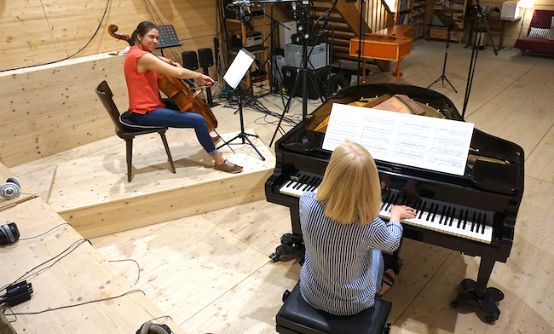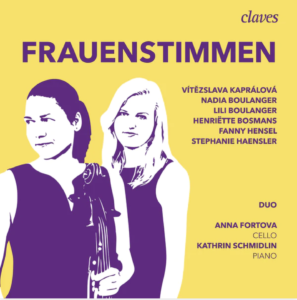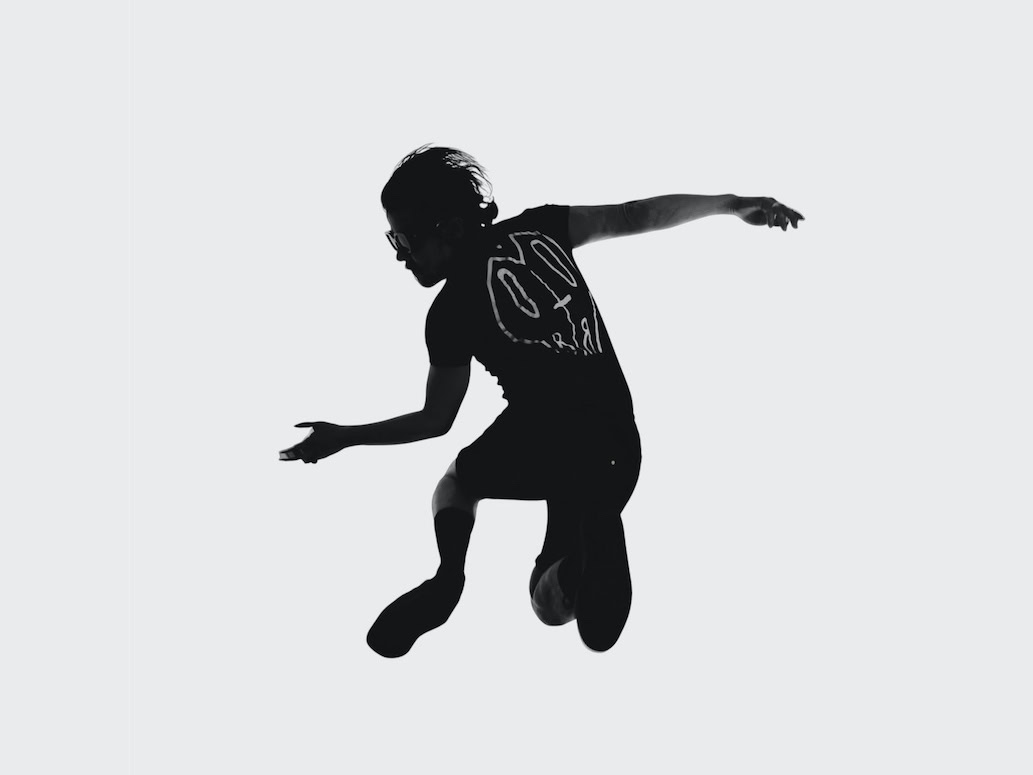For the anniversary
In their selection of works by women for cello and piano, Anna Fortova and Kathrin Schmidlin looked primarily to the first half of the 20th century.

No, the CD Women's voiceswhich was recently published by Claves, does not contain any female vocals. "Voices" is meant differently here. The two interpreters are interested in giving female composers a voice. The release date is perfect: the recording with music for cello and piano was launched on February 7, the 50th anniversary of the introduction of women's suffrage in Switzerland.
Prague-born cellist Anna Fortova (*1982) and Swiss pianist Kathrin Schmidlin (*1990) focus on the first half of the 20th century. Most of the six female composers are well-known personalities. Perhaps less well known is the Czech Vítězslava Kaprálová (1915-1940). She studied with Dvořák's pupil Vítězslav Novák in Prague and with Bohuslav Martinů in Paris. Despite her short life - she died at 25 - she left behind around fifty works. Her Military Sinfonietta (1937), which was awarded the Smetana Prize, was a great success. With Kaprálová's Ritornello op. 25 (1940), the two interpreters make a convincing start.
Nadia Boulanger (1887-1979) Trois pièces pour violoncelle et piano (1915) succeed very well in an intimate mood. The fast-paced third piece is a joy. In the Trois morceaux pour piano (1914) by Lili Boulanger (1893-1918), Kathrin Schmidlin demonstrates considerable skill. The transparency and precision in the "Cortège" are particularly impressive. The early, four-movement sonata for cello and piano (1919) by the Dutch composer Henriëtte Bosmans (1895-1952) is strongly romantic in tone and is characterized by expansive lines and simple, clear themes. In view of this unabashed romanticism, the interpretation here lacks a little intensity. With four piano pieces from The year by Fanny Hensel (1805-1847), listeners are transported back around 100 years. September" is the most pleasing with its flowing and lucid treatment of arpeggio and melody line.
The final point is the composition ni dónde, ni cómo by Stephanie Haensler (*1986), which Schmidlin and Fortova commissioned from her. The piece is based on a text by a Chilean artists' collective on the subject of violence against women. Haensler makes use of a wide range of compositional means to illustrate the most diverse moods between aggression and silence.
Women's voices. Works for cello and piano by Vítězslava Kaprálová, Nadia Boulanger, Lili Boulanger, Henriëtte Bosmans, Fanny Hensel and Stephanie Haensler. Anna Fortova, cello; Kathrin Schmidlin, piano. Claves 3029








